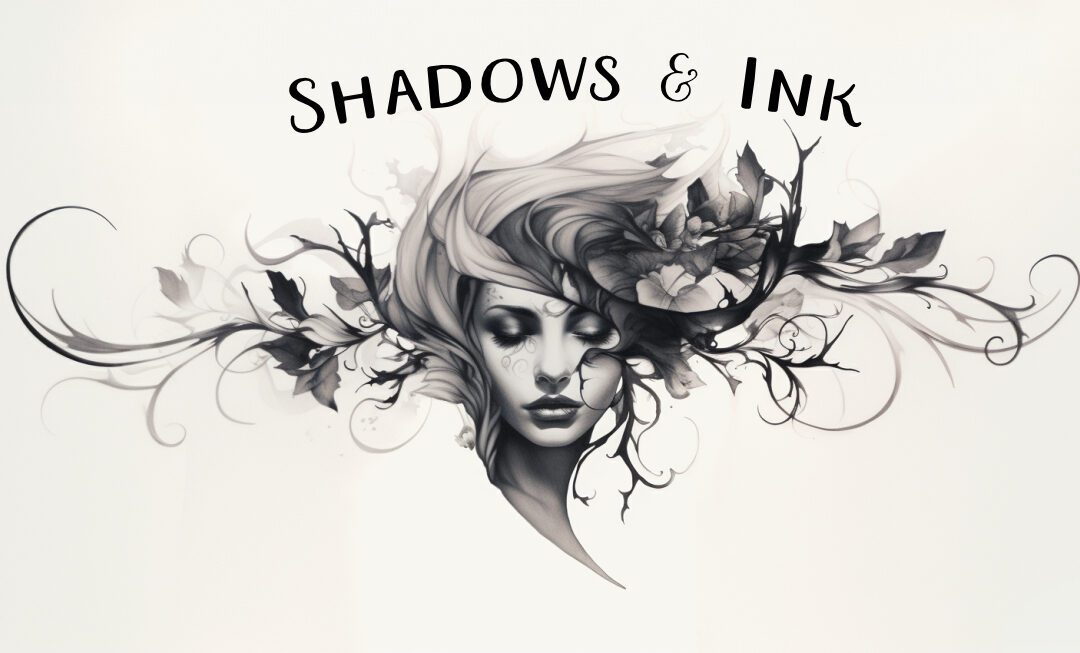I’m a big fan of the classic elements of horror. There’s a reason they became cliches or tropes in the first place. But we do need to tread carefully. Avoiding these clichés doesn’t mean abandoning these classic elements, but rather revitalizing them with fresh perspectives and creativity. By steering clear of or playing on predictable tropes, you can embrace originality and craft horror fiction that is both terrifying and unique. Keep challenging conventions, and let your imagination run wild in the dark corners of your storytelling.
Let’s dissect some of the most common clichés in horror and explore how to breathe new life into your writing.
The Haunted House:
The haunted house is a classic element of horror fiction, but it’s often overused. The old, creaky mansion with a tragic past and ghostly inhabitants can feel predictable. Instead of relying on this well-trodden path, consider:
- Place your horror in unconventional locations—a modern apartment, a space station, or even a bustling city. The key is to create an environment where the eerie and unsettling can unfold in unexpected ways.
- If you do use a haunted setting, give it a unique twist. Perhaps the haunting is tied to something entirely different, like a forgotten technology or a hidden societal secret.
The Predictable Villain:
While slasher villains with masks and a knack for offing unsuspecting teens have their place, they can quickly become stale. To create a more engaging antagonist:
- Craft villains with intricate backgrounds and motivations. Their reasons for terrorizing the protagonists should be nuanced and believable, adding depth to their malevolence.
- Explore psychological horror by creating antagonists that prey on the characters’ deepest fears and insecurities, making the threat more personal and unsettling.
The Final Girl:
The “final girl”—the last survivor who confronts the monster or villain—can feel overused and formulaic. To break away from this archetype:
- Feature a range of characters who aren’t bound by traditional horror roles. Let your story include multiple survivors or subvert expectations by having different characters step up to face the horror. Perhaps the Final Girl is the killer.
- Develop characters with rich, multifaceted personalities. Their survival should be a result of their unique traits and growth rather than a predetermined trope.
The Jump Scare Overload:
Jump scares can be effective but often rely on surprise rather than genuine suspense. Overuse can make them feel cheap. For a more nuanced approach:
- Build tension through atmosphere and psychological unease. Use creeping dread, unsettling imagery, and slow reveals to create a more immersive horror experience.
- Sometimes, what’s left unsaid or unseen is more frightening than what’s explicitly shown. Embrace ambiguity and let readers’ imaginations fill in the gaps for a more profound scare.
The Evil Object:
The trope of a cursed object causing havoc is a familiar one, but it can easily become predictable. To revitalize this concept:
- Invent unique curses or supernatural elements. Perhaps the object’s power is subtle, influencing characters in unexpected ways or slowly unraveling their sanity. Perhaps characters are so overly superstitious that it’s easier for them to blame a non-cursed item than accepting responsibility for their own actions.
- Make the object symbolically relevant to the story’s themes. It should reflect deeper aspects of the characters’ fears or conflicts, adding layers to its horror.
The Overly Obvious Foreshadowing:
Foreshadowing is crucial for building suspense, but heavy-handed hints can spoil the impact. To use foreshadowing effectively:
- Drop clues that are nuanced and indirect. Let readers piece together the puzzle without giving away too much, maintaining suspense and surprise.
- Lead readers down one path and then subvert their expectations with surprising plot twists. Keep them guessing and engaged until the very end.
Happy writing, and may your horror tales be as fresh as they are frightening!
Until next time,
Joe Mynhardt



Trackbacks/Pingbacks